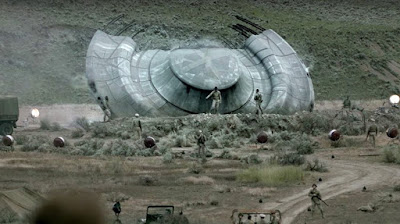Let’s look at some recent examples.
Revcontent promoted an article titled “Rare Photos Not Allowed In History Books” that used a sepia-tone photo of what looks like a Native American woman. The photo is not historical. The picture shows model and actress Denyce Lawton, who is of African American and Korean descent.
Taboola ran a similar article titled “Rare Photos Not Appropriate For History Books.” It included a sepia-tone photo of a beautiful woman wearing what looks like Native American or hippy apparel.
But the photo isn’t very old. It’s a picture of model Catherine McNeil from Vogue in 2008. (See articles by Women Picture and Mr. Haddy on Tumblr.)Outbrain SmartFeed posted an article titled “Pat Sajak’s Daughter Looks Like Her Iconic Mom.” It included a picture of the game-show host with some black or mixed-race girls. The implication of the headline and photo is that one or both girls are Sajak’s children. They aren’t. The picture shows Pat Sajak with children who have benefited from services provided by the Hope Institute for Children and Families, a charity he supports.
(See article by March 18, 2014, article by the Chicago Tribune.)
Another article, titled “At 74, Tom Selleck Is Still With His Partner,” shows actor Selleck speaking with another man. The implication is that Tom Selleck is gay and that’s his partner. But no. Selleck has been married to actress Jillie Mack since 1987.
A Taboola article titled “40+ Insane Classified Photos That The Government Was Forced To Release” used a photo of a UFO crash from “The X-Files” television series.
(See article by Business Insider.)
An article titled “Here Are The 20 Scariest Bridges In The World” used a deceptive photo of the Eshima Ohashi Bridge in Japan.
“Images of the bridge have been widely circulated on the internet, owing to its seemingly steep nature when photographed from a distance with a telephoto lens, but in actuality the Shimane side has a gradient of 6.1% and Tottori side of 5.1%,” the Wikipedia post on the bridge says.
And finally, a Taboola article titled “30 Craziest Shark Attacks In History” includes an obviously Photoshopped picture of a great white shark leaping onto a beach. The photo dates to at least March 2008, according to TinEye reverse-image search results.














No comments:
Post a Comment